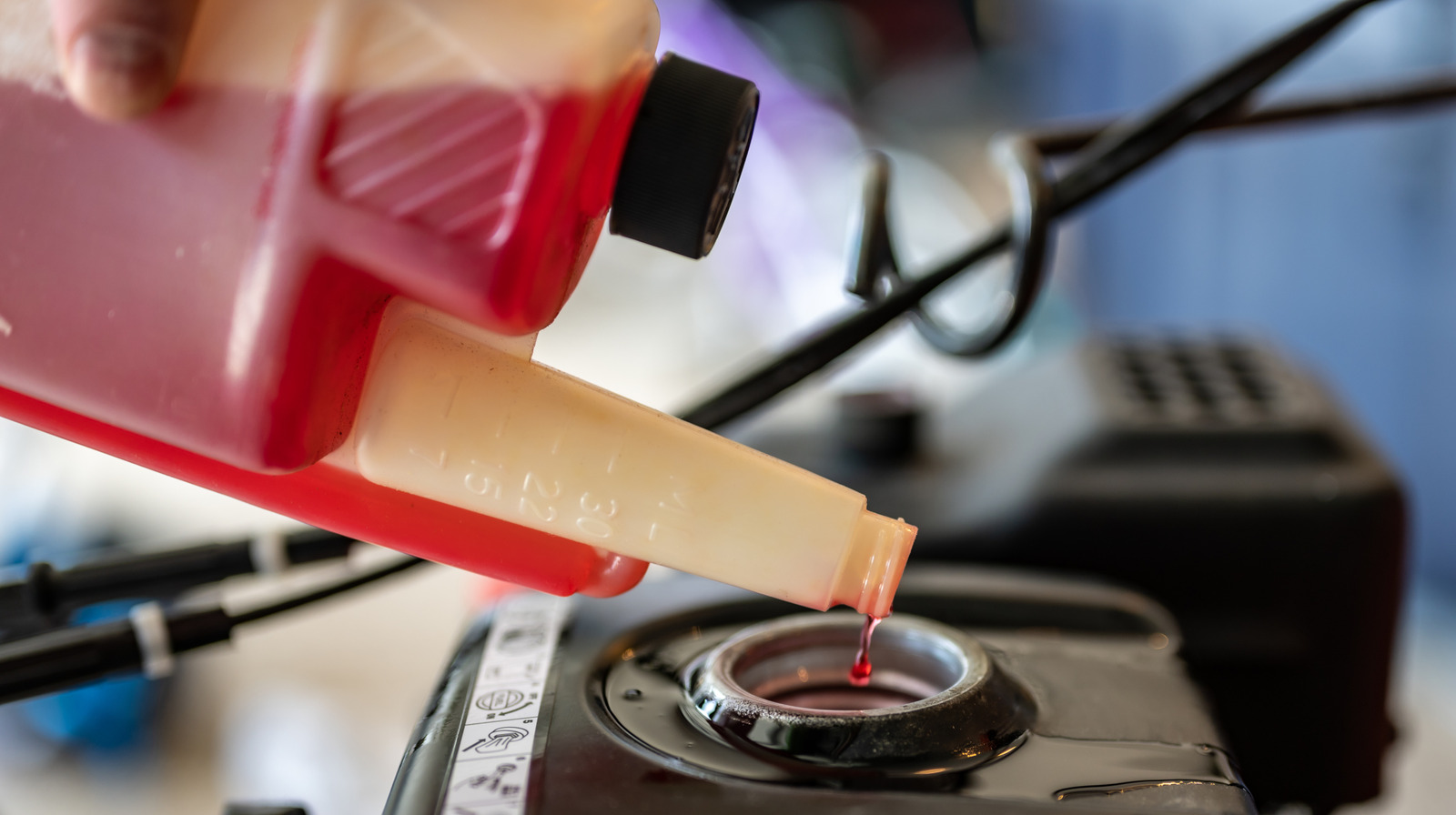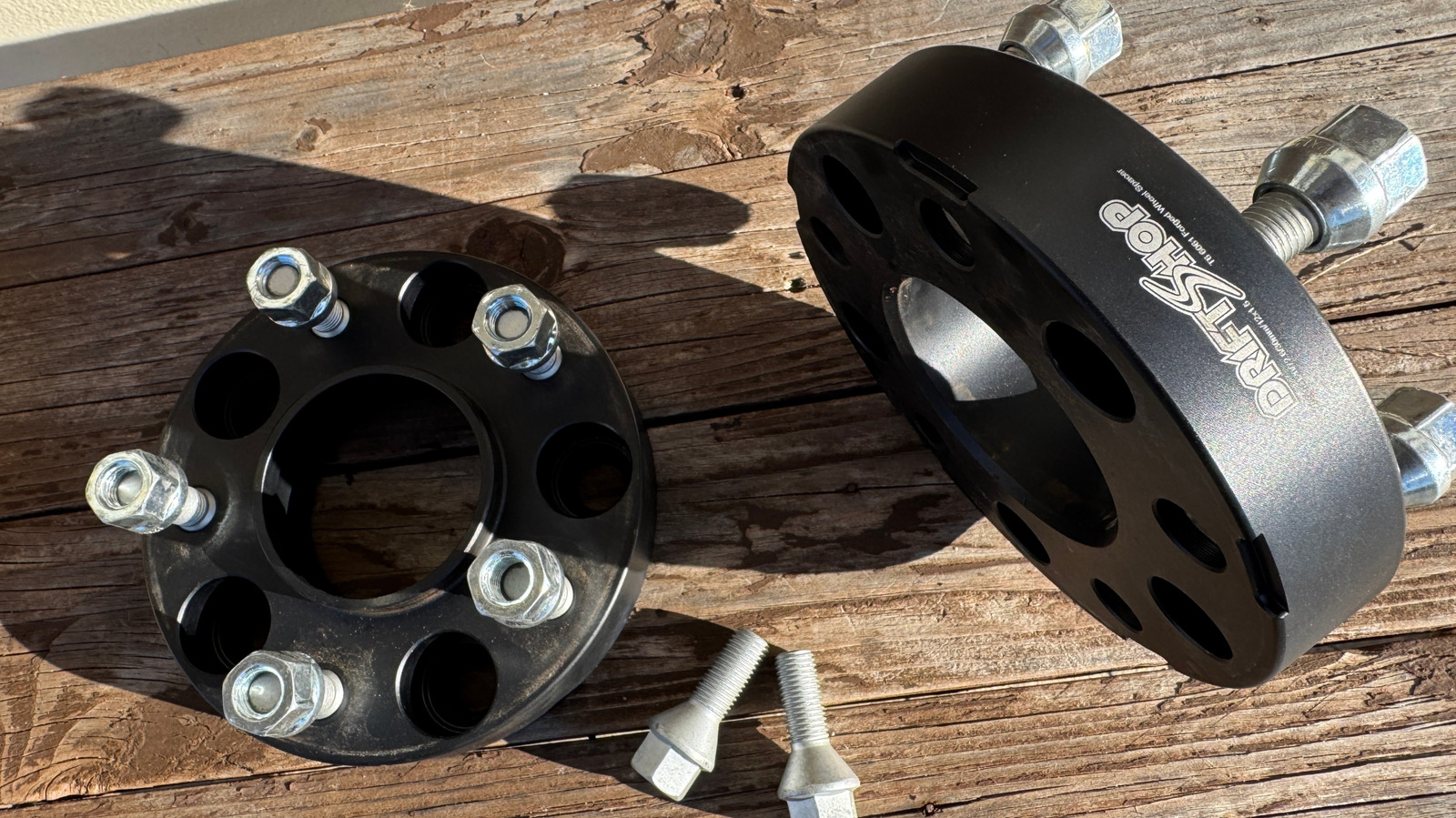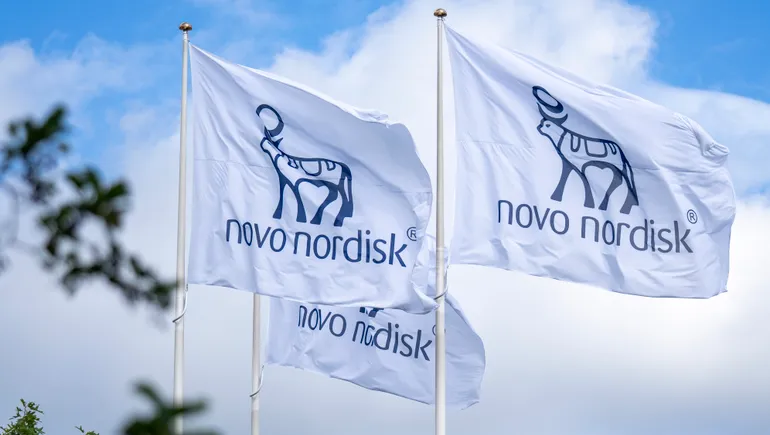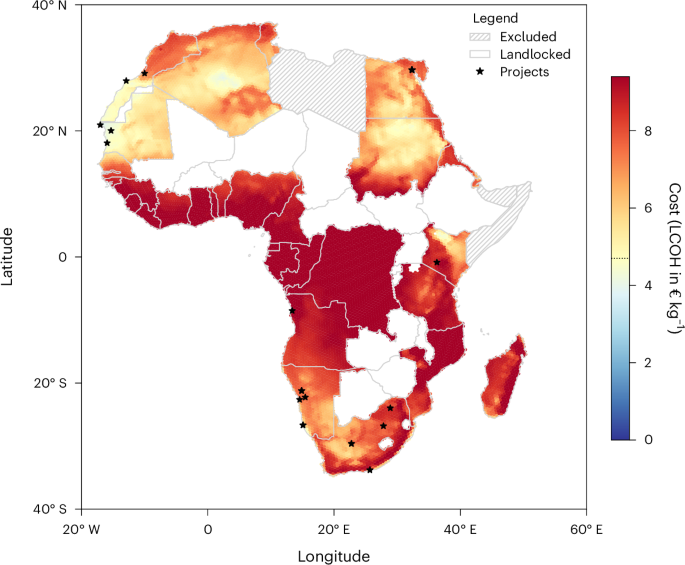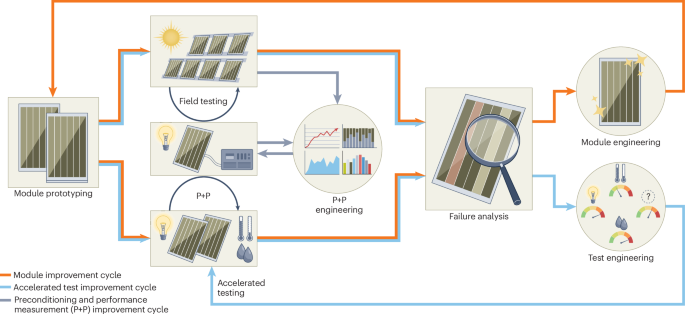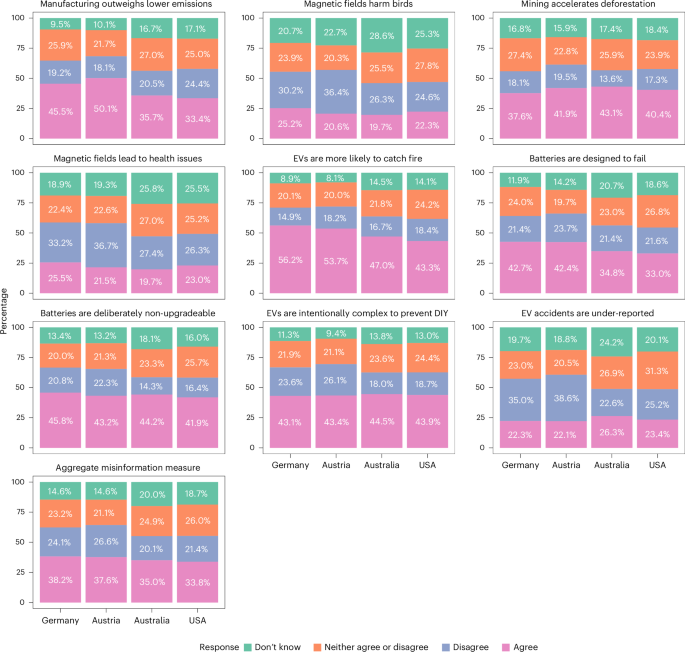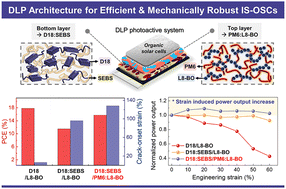Ceria Centre to Enhance Multi‐Active and Photothermal Response Janus Patch for Chronic Wound Senescence Inhibition and Repair
Advanced Healthcare Materials, Volume 14, Issue 15, 10 June, 2025.

The nanozyme CeO2@HA composited multifunctional Janus patch (HGT-C@HA) is developed for diabetic wound healing through antifouling, antibacterial, microenvironment regulation, and cell protection. NIR response and antifouling abilities of HGT-C@HA prevent the wounds from bacterial infection. HGT-C@HA is also confirmed to avoid cellular senescence by protecting DNA high glucose and H2O2 environment, and shows superior performance in promoting wound healing.
Abstract
Bacterial infections and complex microenvironments induce cellular oxidative stress and cellular senescence severely affect chronic wound healing. However, the antibacterial effect of most dressings is single, which is only against the wound-breeding bacteria but cannot resist further invasion of bacteria in the environment into the wound. Few dressings can simultaneously fulfill antibacterial, antifouling, oxidative stress regulation, and cellular protection. Therefore, a Janus patch (SBMA/OHA/GelMA/TA-CeO2@HA (HGT-C@HA)) is prepared, in which the top superhydrophilic SBMA zwitterionic layer resists bacterial adhesion, and CeO2 coated with hyaluronic acid (HA) is loaded into the bottom gel as the functional center. After immersion in tannic acid (TA), Ce-TA chelate formation in situ confers photothermal antimicrobial properties to the hydrogel. It is further validated that HA-coated CeO2 enable the dressing to obtain higher antioxidant properties by regulating the proportion of Ce3+ on the nanoparticle surface, which protects cells from the high glucose and high H2O2 environment and effectively inhibits intracellular DNA damage to mitigate cellular senescence. In vivo experiments illustrate that the material significantly accelerated wound healing and improved the quality of wound healing, demonstrating the significant potential of this dressing in diabetic wound healing.







